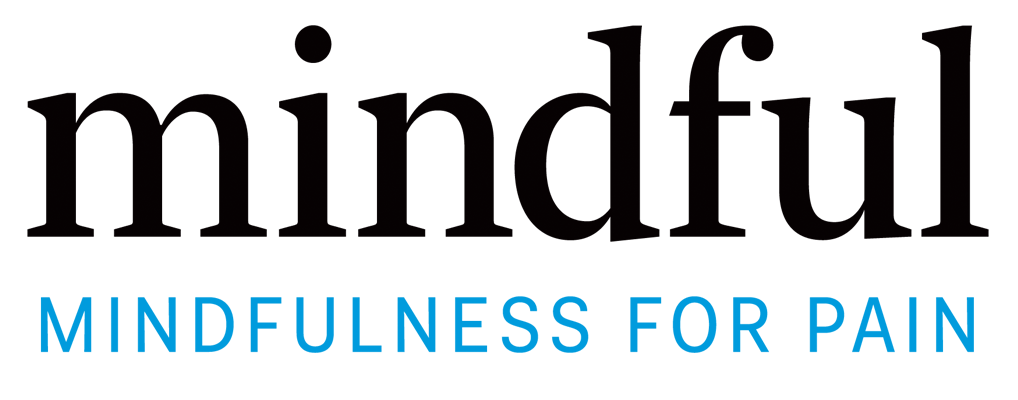Listen to this article
Lorenzo worked on the high wires. Not as a circus performer, but as an electrician who climbs huge electrical poles to work on high-voltage power lines. He took great pride in his work and his ability to provide for his family. One unfortunate day he suffered a terrible accident that left him with chronic back and neck pain. He was unable to return to work.
Neuroscience tells us that pain has different parts. If you strike your thumb with a hammer while hanging a picture, you will know the feeling of your thumb being struck, but you also have thoughts (“How could I be so clumsy?”) and emotions (surprise, embarrassment, anger). When the pain is labeled chronic (implying it will continue and may not ever leave) the experience becomes more complex. Rather than a momentary experience, pain becomes an uninvited and unwelcome semi-permanent visitor to one’s life.
In Lorenzo’s case, his visitor prevented him from working, which meant he was unable to provide money for his family, which threatened his view of himself as a breadwinner. Consider if you were unable to physically do what brings you the most meaning in life, whether it’s parenting, working, leading, serving…whatever.
Chronic pain shakes our sense of ourselves, especially in relationship to others, often leading to severe anxiety, depression, isolation, and even thoughts of suicide.
The experience of chronic pain
The experience of chronic pain is actually deeply connected to our roots as social beings who depend on each other. Humans are born helpless and needing care to survive, and as we age our lives depend on our relationships. How does the infant get their survival needs met? By finding a way of being loved! Fundamentally, we are wired to seek out the love of another to ensure our survival.
This deep need to connect, wired into each of us, means that we also feel deep fear if we sense that this need will not be met. From a survival standpoint, if we are not loved, we will not be connected to our tribe, which means we may not survive. The deep-seated fear that we will not be loved has a familiar name: shame.
So if Lorenzo senses that his very existence is based on his ability to work and provide for his family, it’s easy to see why the loss of that ability would shake his world and leave him hopeless and depressed. Life would completely lose its meaning, which means it would feel as if his lifeline to the world was cut and his future was doomed. Shame emerges.
After a brief period of depression in the early days after his accident, Lorenzo discovered the practice of mindfulness. He learned that paying attention to his thoughts and feelings without judging them, or getting caught up in them, could actually become an antidote to shame. He was learning to meet himself in the midst of his suffering, where he could simply comfort himself for the difficulty of it all. He was learning self-compassion.
It was like the way he would soothe his daughter when she had the flu: not to cure her, but just to comfort her in the midst of suffering.
How our emotions are tied to chronic pain
When he looked closer at his feelings of shame about being unable to work, he could see how underneath the shame was a deep desire to be connected to and loved by his family. He found that this need could be met by recognizing all of the many ways he could still provide for his family’s needs beyond money. He was able to see that these core values included his role in parenting, his affectionate relationship with his wife, his standing in his church, and even his accumulated professional knowledge. As a result, he was able to see the physical pain as simply one among many aspects of his life.
As someone with chronic pain once said about mindfulness: “After years of fighting with my pain, I finally learned how to dance with it instead.”
Lorenzo was willing to bravely move in close and dance with his pain to discover how he could live fully with the pain as part of his life. He even found a way to share professional knowledge as a trainer of others, in addition to involving himself more fully in his family, his relationship, and his church. Lorenzo learned how self-compassion can unlock the firm grip of shame and allow him to rise above his physical pain, while still having it.
This is a freedom available to anyone willing to bravely explore the roots of shame in the experience of chronic pain.




